‘Israel Museum’ is a bit of a misnomer as there are several museums and art galleries in the one place as well as sculptures and models outside. We spent most of a day here during our stay in Jerusalem, starting at the model of Jerusalem during the Second Temple Period. This was a model of the ancient city at its peak just before the Great Revolt in 66 CE when it was destroyed. The model has a scale of 2cm = 1 metre and was really cool to look at from above and also to walk around. You can see how extensive the Temple area developed by Herod was – just massive!

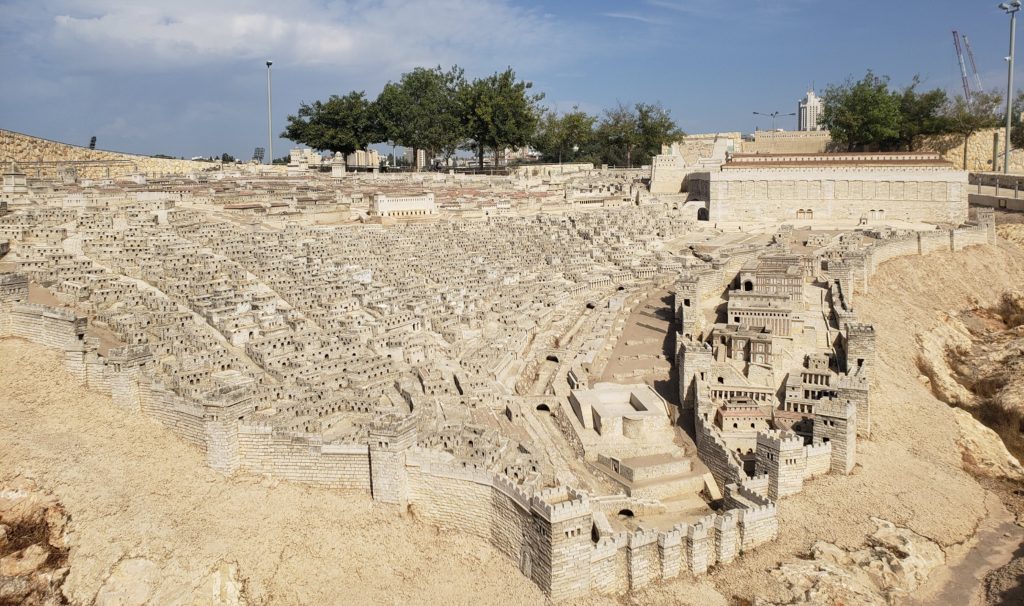
Shrine of the Book
Next to the model of Jerusalem is the Shrine of the Book, home to the Dead Sea Scrolls. These scrolls are ancient Jewish manuscripts found in 1947 in the Qumran Caves, which we drove past on the northern shore of the Dead Sea. The scrolls date from the last three centuries BCE and the first century CE and have great historical, religious and linguistic significance. They include the second-oldest known surviving manuscripts of works that later were included in the Hebrew Bible canon (Old Testament), along with deuterocanonical and extra-biblical manuscripts.
While many thousands of written fragments have been discovered in the Dead Sea area, many had just small scraps of text on them. So discovering the few well preserved, almost intact manuscripts in the Qumran Caves must have been pretty exciting! Researchers have a collection of 981 different manuscripts discovered in 1946/7 and 1956 – from 11 caves. Due to the poor condition of some of the scrolls, scholars have not identified all the texts. Of those they have identified, about 40% are copies of texts from the Hebrew Scriptures (Old Testament), 30% are texts from the Second Temple Period which were not canonized in the Hebrew Bible. I vaguely remember looking at some of these during my theology degree (Book of Tobit, Book of Enoch, Wisdom of Sirach, Psalms 152-155 etc). The remainder of the texts (about 30%) shed light on the rules and life of the community that lived in the caves. Most of the texts use Hebrew, some are in Aramaic and a few are in Greek and a secret kind of writing.
After being discovered in caves by Bedouin shepherds the scrolls were kept on a tent pole until they figured out what to do with them! They were then sold and changed hands several times before it became public knowledge what had been discovered. During the 1948 war some of the scrolls were taken to Lebanon for safe-keeping and then when things had settled, in 1949 researchers came to locate the original cave. Other caves with manuscripts and artefacts were then discovered. Almost all the Dead Sea Scrolls are now under the ownership of the government of Israel and housed here at the Shrine of the Book.
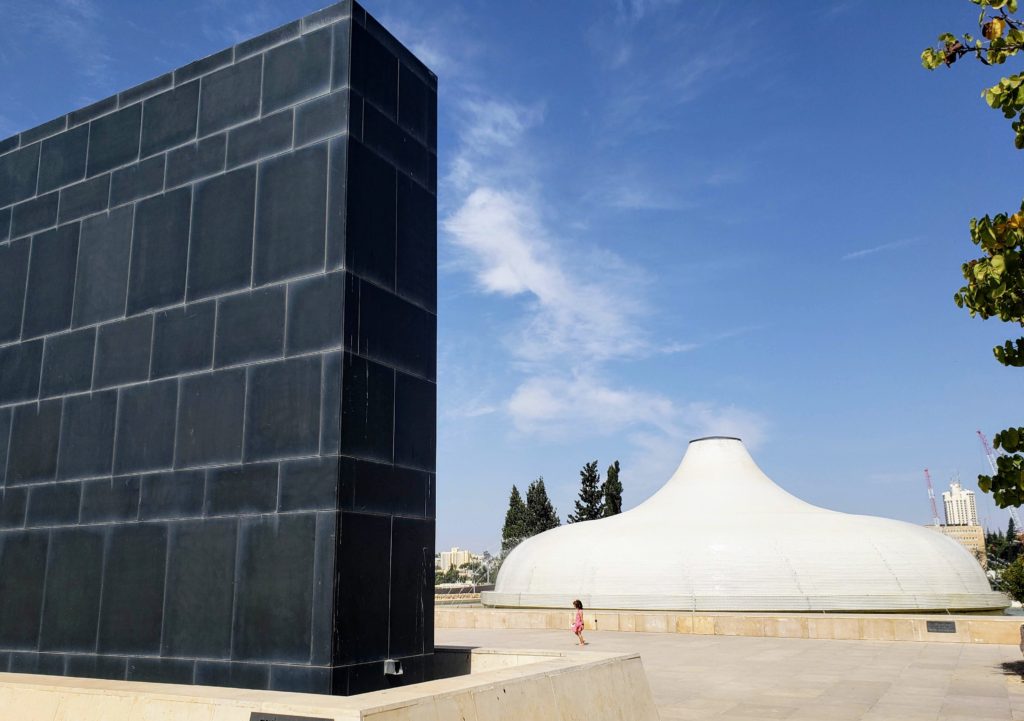
The white dome, sunk somewhat below ground level is in a form that recalls the lids of the jars in which three of the scrolls were found. Its colour is said to allude to the Sons of Light (those from the Qumran community), destined to fight the Sons of Darkness represented by the Black Wall. This theme is written about in one of the scrolls – which details battles to come and the (believed to be imminent) Day of Judgement. The water on which the dome seems to float represents purity, which played a key role in the sect’s way of life. The information panel also says ‘the dome represents the revival of the Jewish people in the State of Israel, while the wall represents their suffering in the diaspora.’ That’s some architecture loaded with meaning!
Inside the building, as we got closer to the centre where the scrolls are displayed, it seemed as though we were walking through a cave. The sides of which had information about the Qumran Cave dwelling community – very cleverly designed. It was fascinating learning about these men in the desert who aimed to establish a community that would serve as a substitute for the Temple in Jerusalem. Their lives were modeled on the lives of the priests serving in the temple.
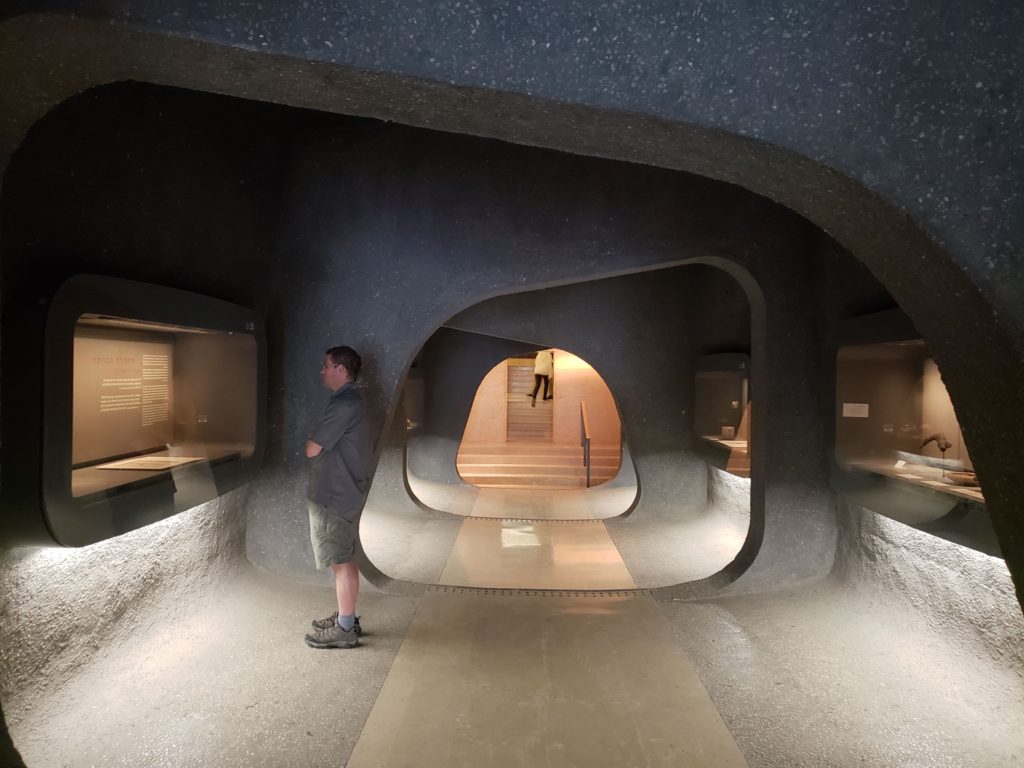
Having soaked up the information in the ‘cave’ part of the building we got to the jars in which some of the scrolls were found before ascending to the circular centre of the building which houses the scrolls.

The only scroll I managed to photograph before being told off and told ‘no photos’ was the work known as the ‘Community Rule’. This gives an amazing glimpse into the life of the community and deals with admittance of new members, rules of behavour at communal meals, and also theological principles. The picture that emerges is of a community that functioned as a collective unit and pursued a severe ascetic lifestyle based on very strict rules. Before the evening meal they purified themselves through ritual immersion into water then ate in silence together. We know they followed extremely rigourous Sabbath laws, spending the day in prayer and study and in general devoted all their energies to the worship of God. The Community Rule scroll was written in Hebrew and 12 copies of it were found. Below is one of those original copies! Amazing to be looking at text written more than 2000 years ago!
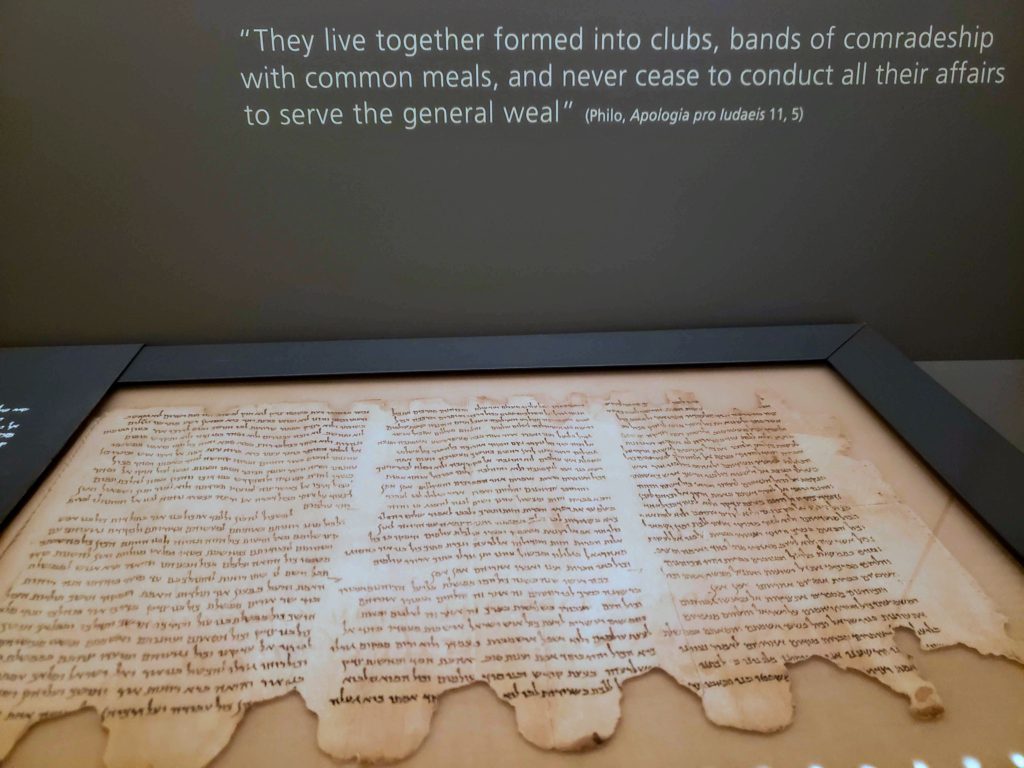
Because the scrolls are so fragile not all are displayed all the time. They are displayed on a system of rotation for 3-6 months then returned to a special storeroom away from exposure. In the centre of the room is an exact copy of the Isaiah scroll dating from the second century BCE, the most intact of the scrolls. On a lower level of the building the oldest existing copy of the Hebrew Bible – the Aleppo Codex from the 10th century CE – was on display, along with other old manuscripts- rather interesting (but no photos allowed there either).
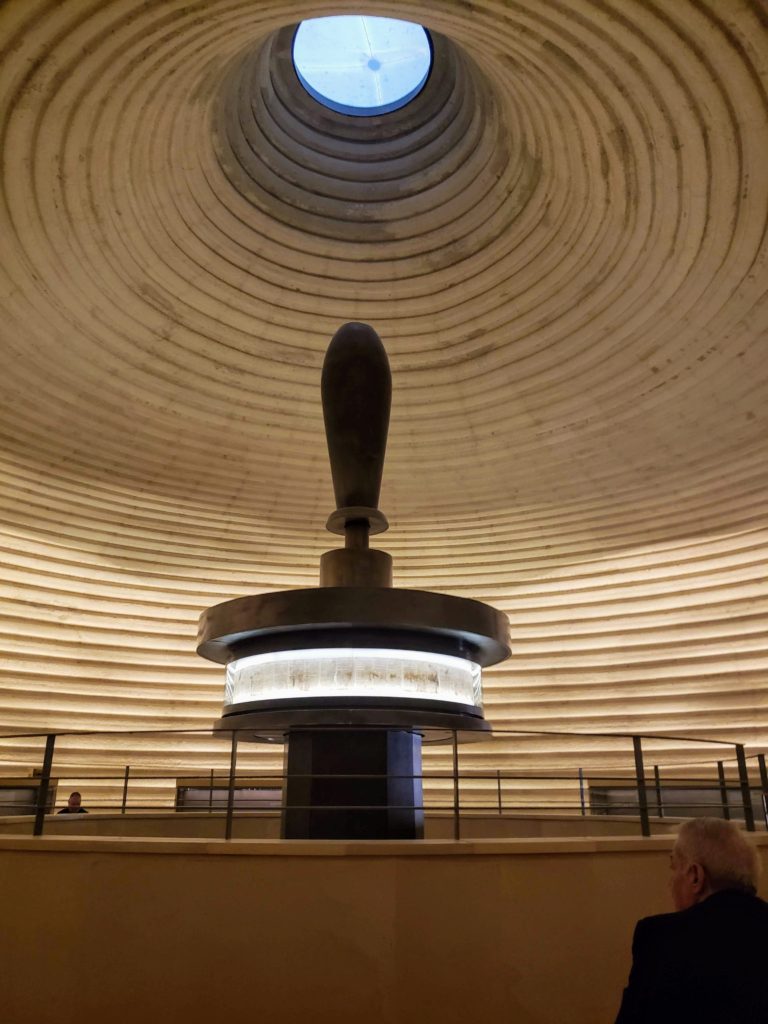
History and Archaeology
When you are from a country like NZ with it’s young history, everything seems so old elsewhere! With Europeans only settling about 200 years ago in our country, we have no buildings of any real historical significance. Even artifacts from the earliest of Māori wouldn’t be very old, given Māori have only been in NZ for about 1000 years. My mind was suitably blown by looking at the Dead Sea Scrolls and even more so when we moved on to visit the section of the Israel Museum that covered history and archaeology. As I gazed at artifacts and objects from thousands of years ago, I admired the skill and creativity and what they came up with and considering the limited tools and technology of the day found it all quite astounding. Here are some cool ancient things that I spotted in the Israel Museum:
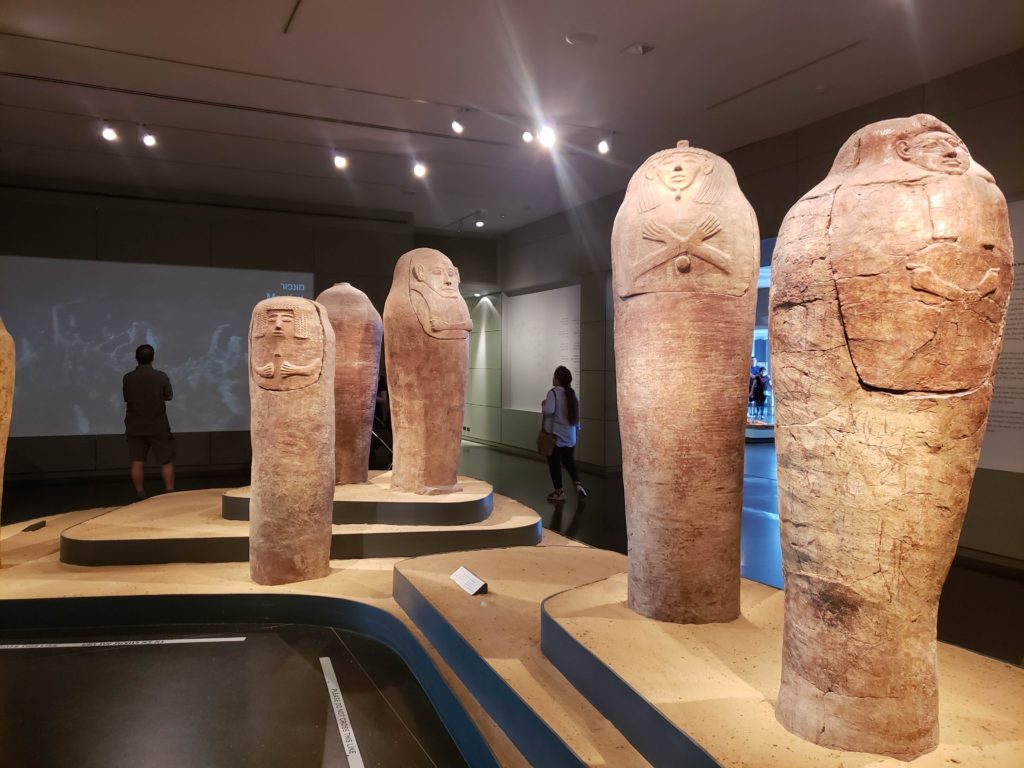
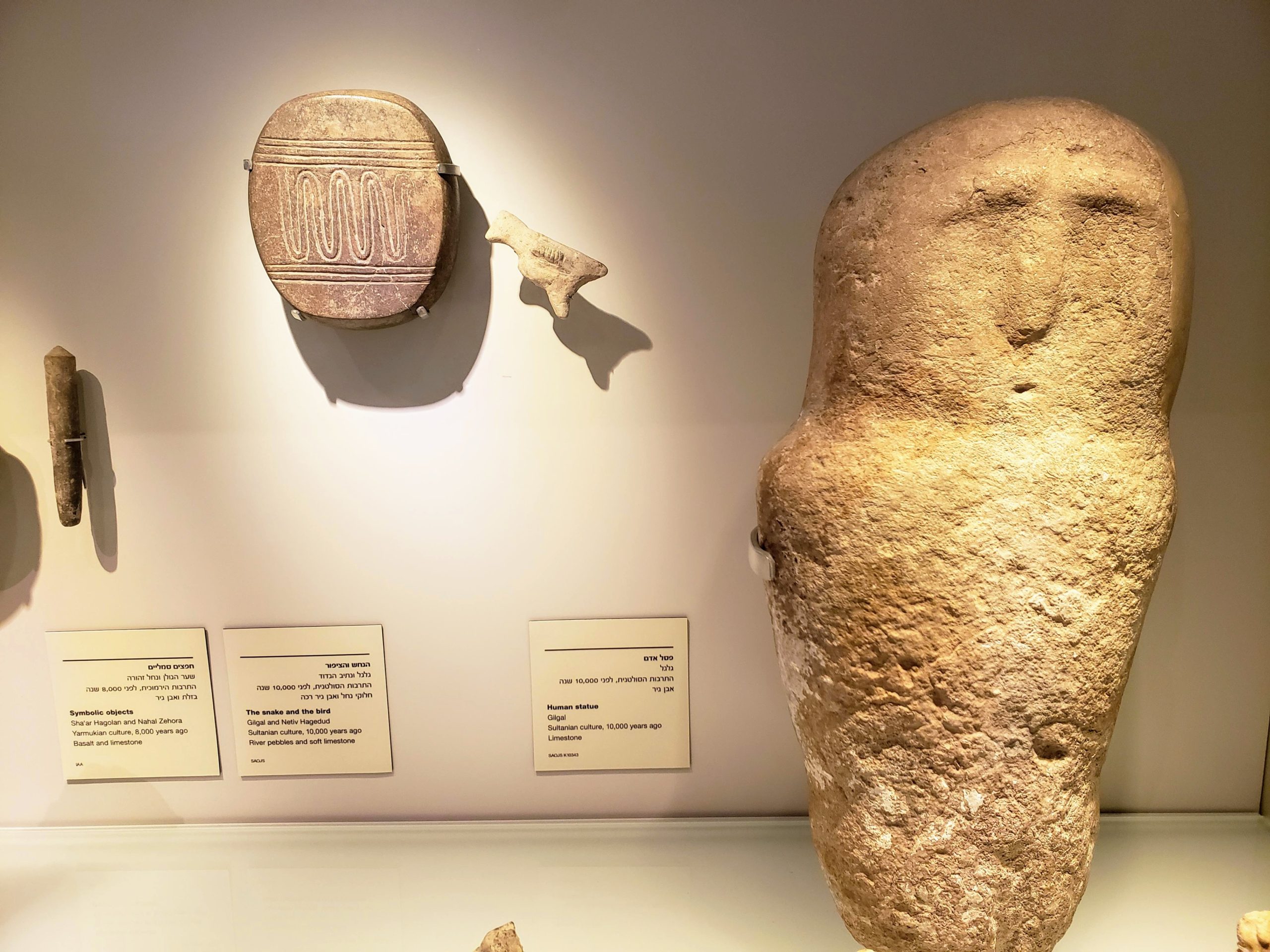
(Left, top) The Snake and The Bird, Gilgal and Netiv Hagedud, 10,000 years ago!
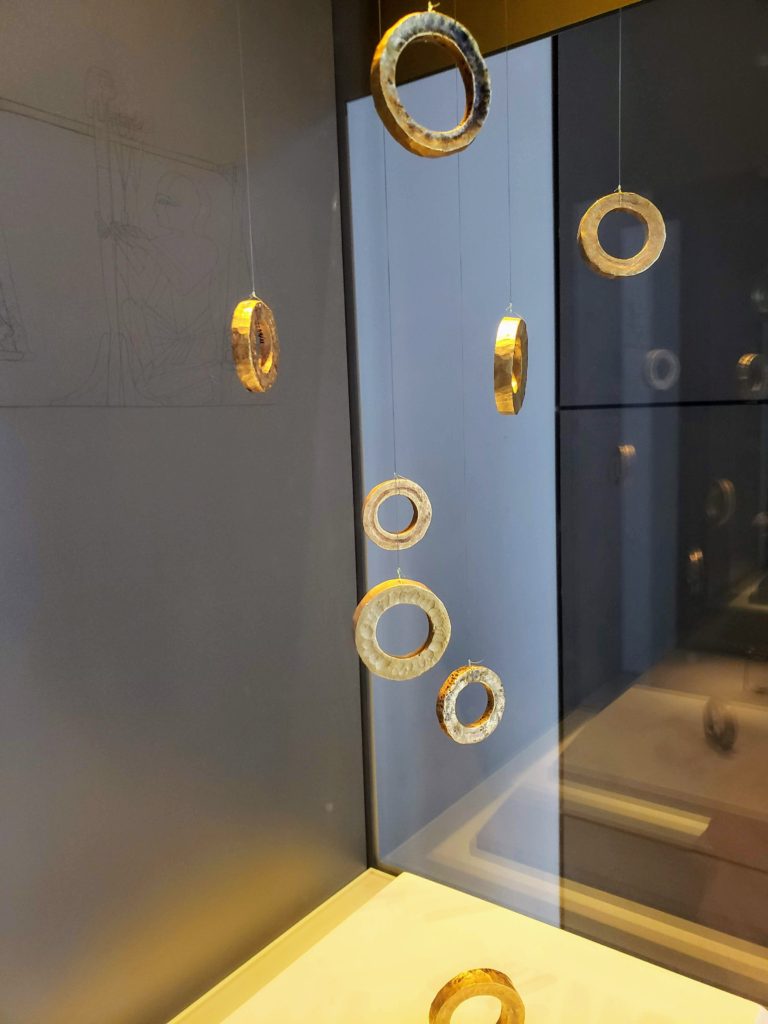
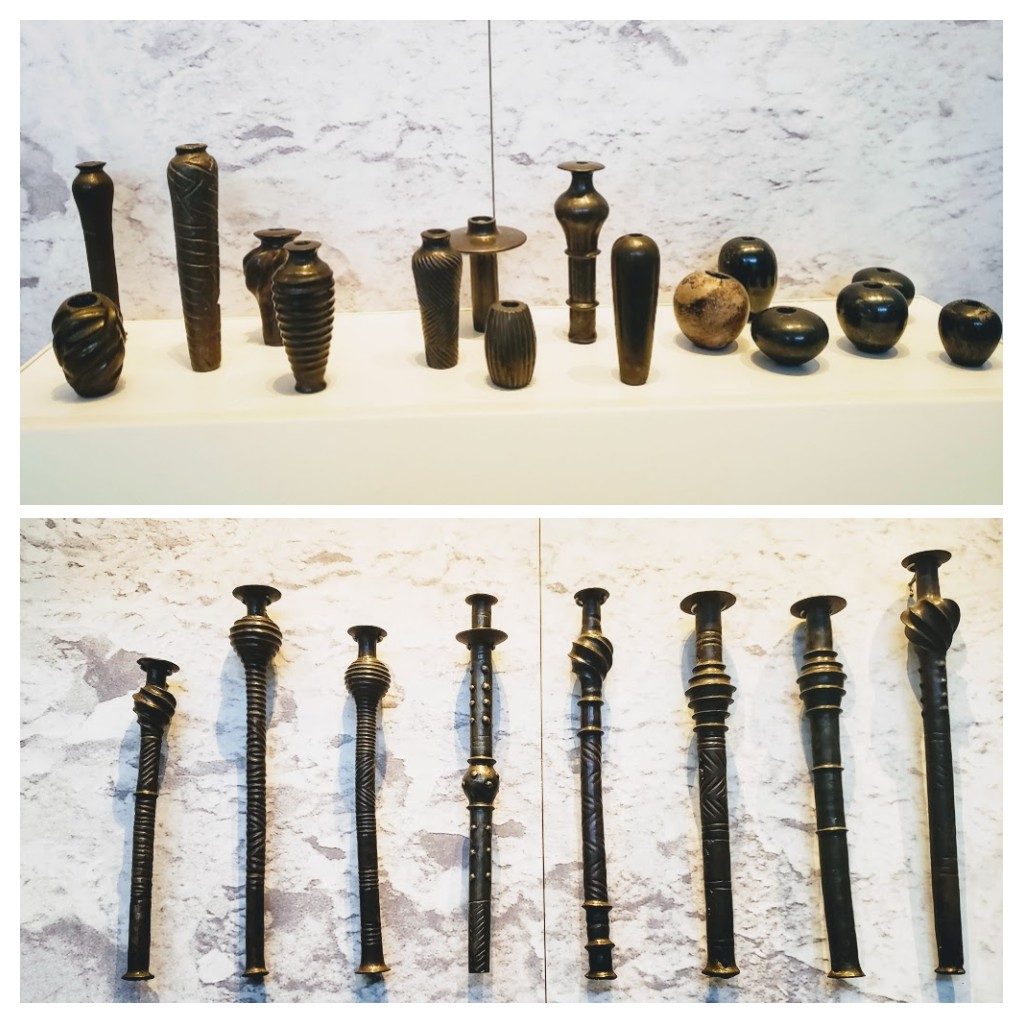
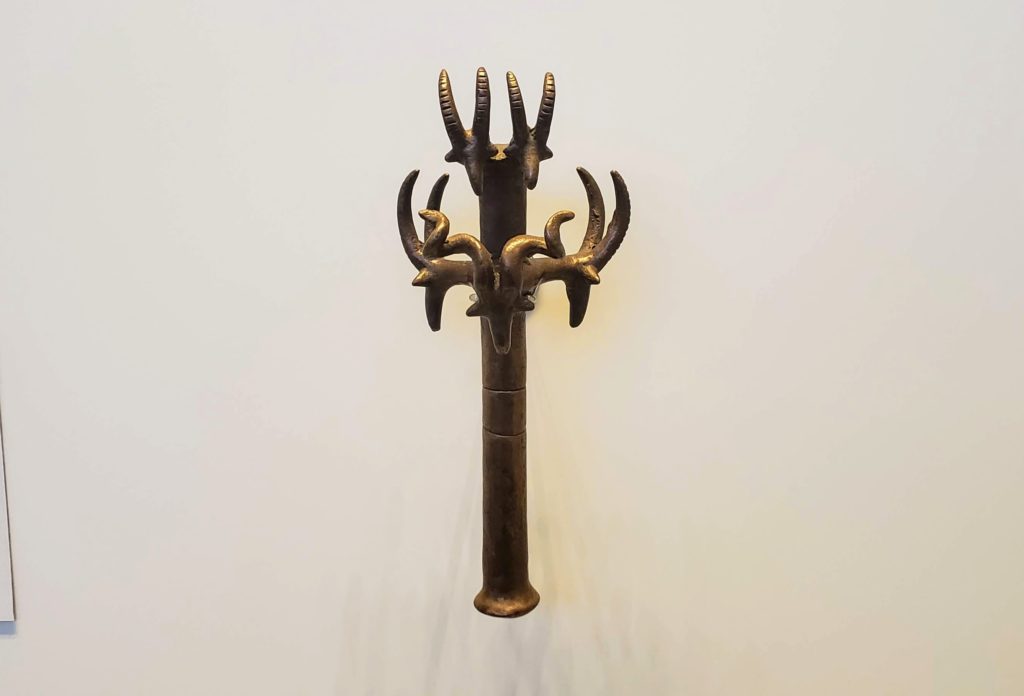
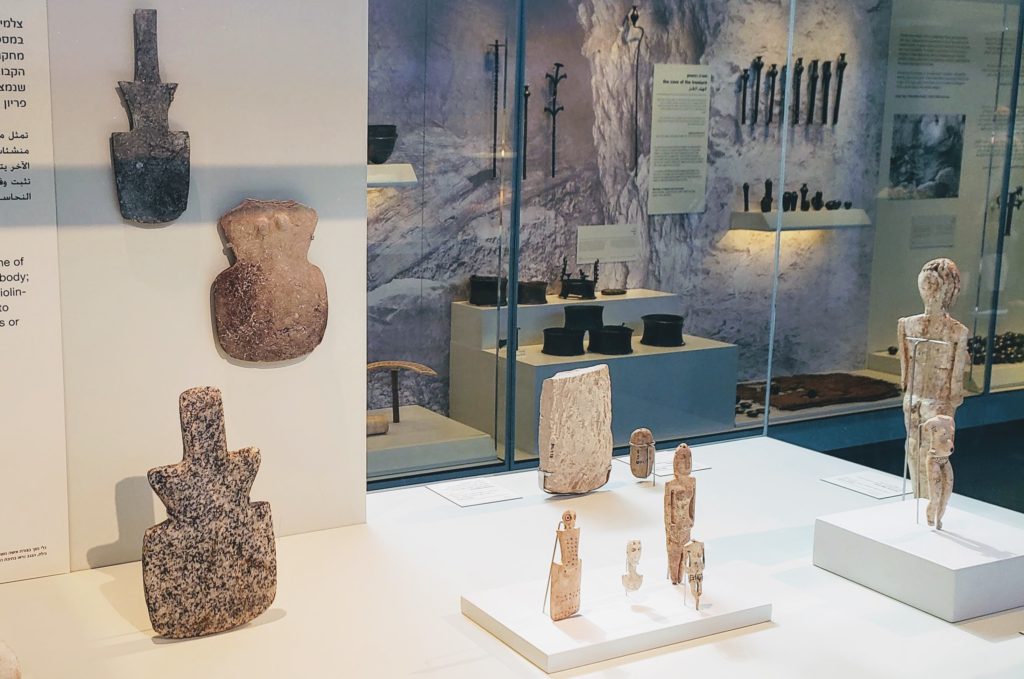
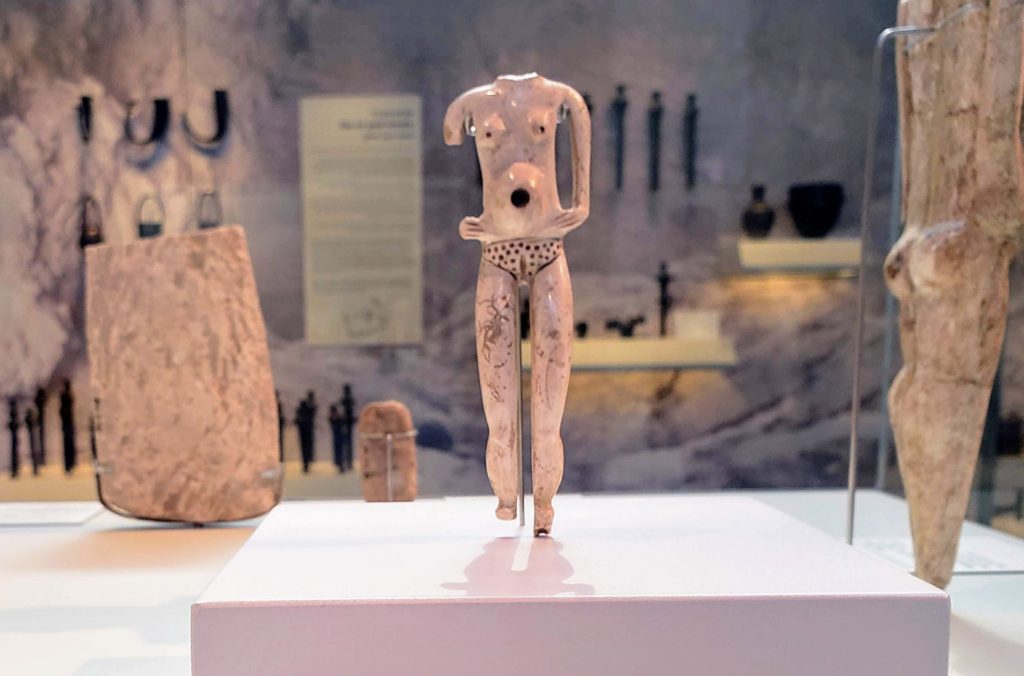
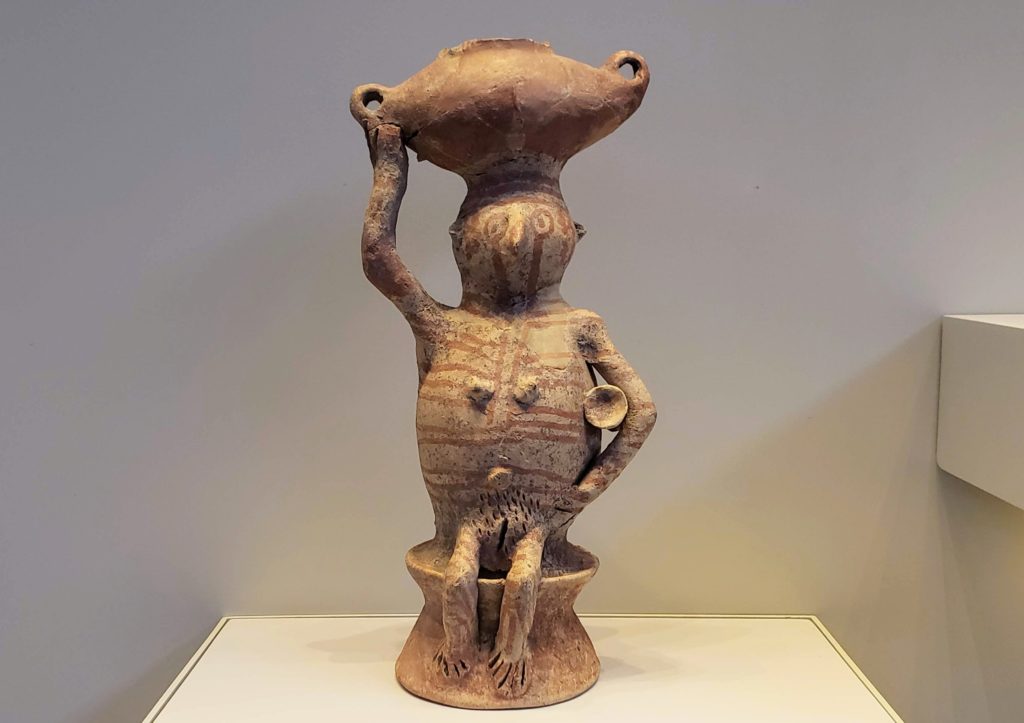
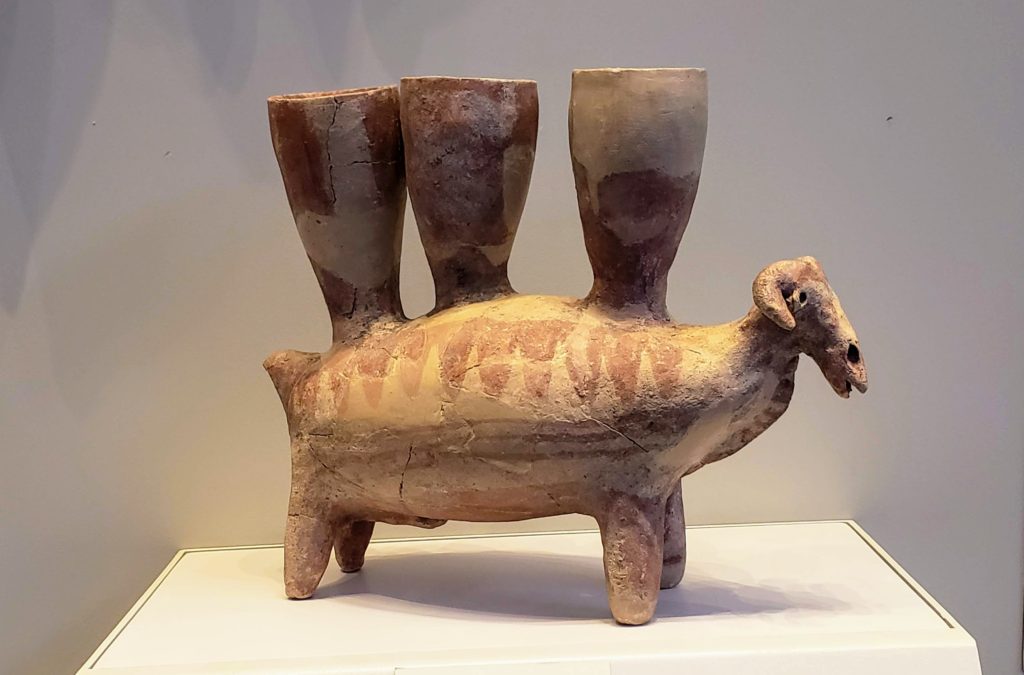
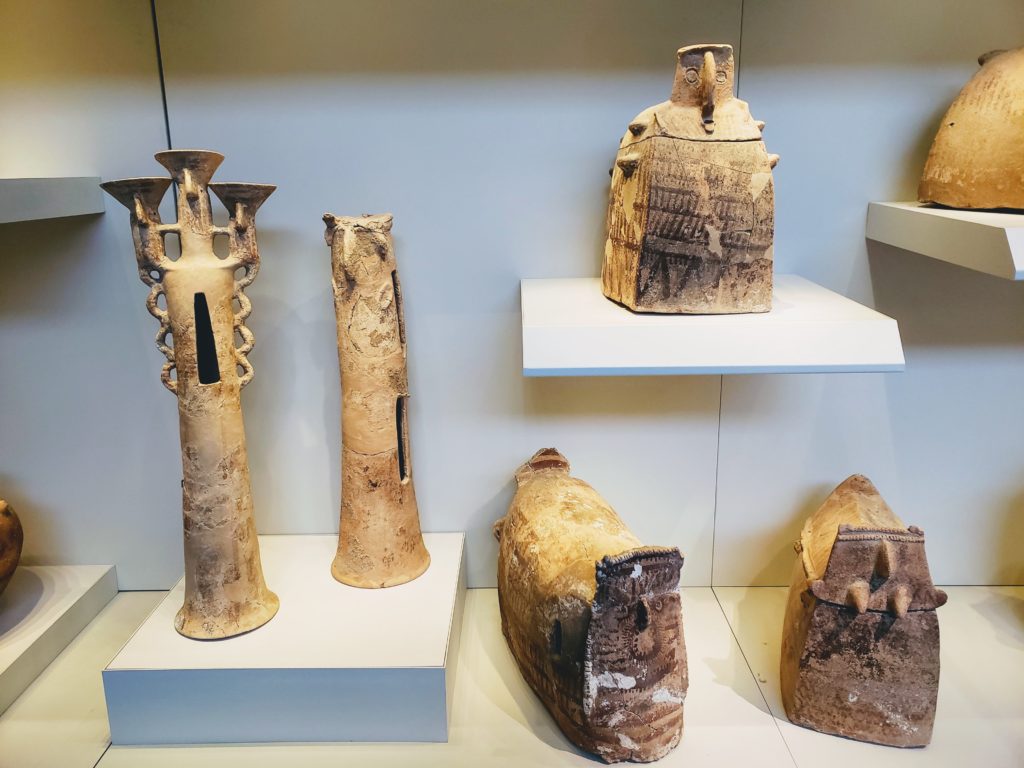
After bawking at the amazing ancientness of little statues and tools and coffins, I proceeded through the museum following the information and displays in a chronological order explaining the history of Israel. Much of which is similar to or recounted in my Jerusalem history post so I won’t go into that here.
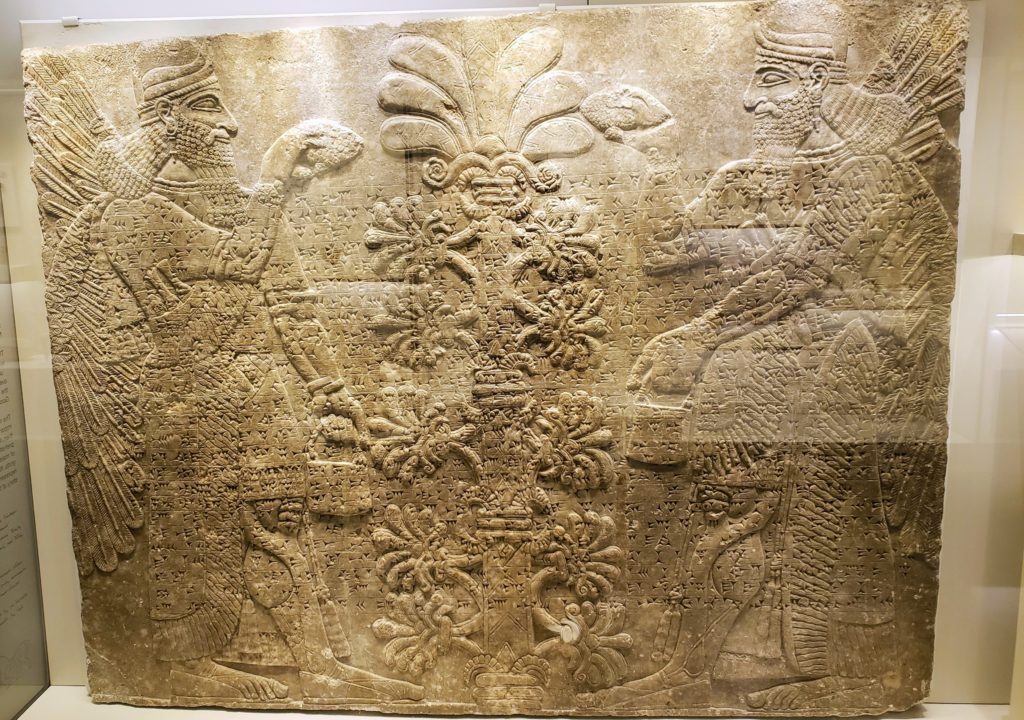
Jewish Life
We walked through the Jewish Life section with displays about birth, death, marriage, clothing etc and spent more time looking in the four original reconstructed synagogues they had in the museum. They had their Torah ark, Torah reader’s platform, benches and other synagogue furnishings. Synagogues are the focal point of Jewish life – the main place of communal worship as well as the hub for educational, social and cultural activities. Coming from 3 different continents, each synagogue had its own architecural style, influenced by their local culture and the character of each community.
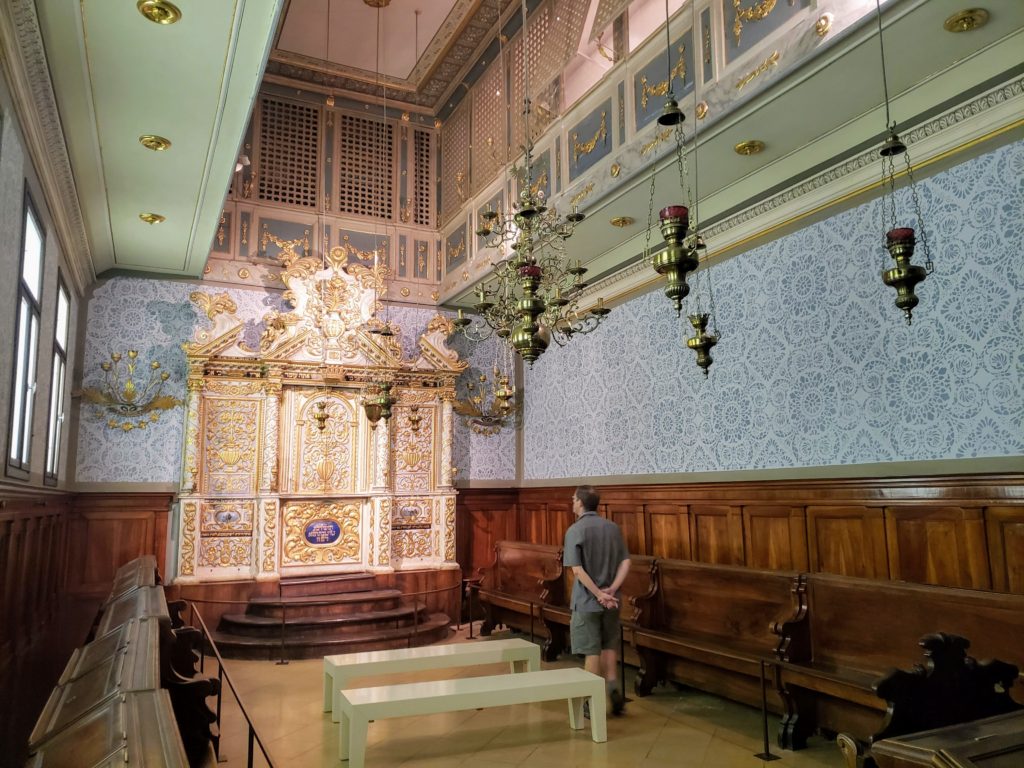
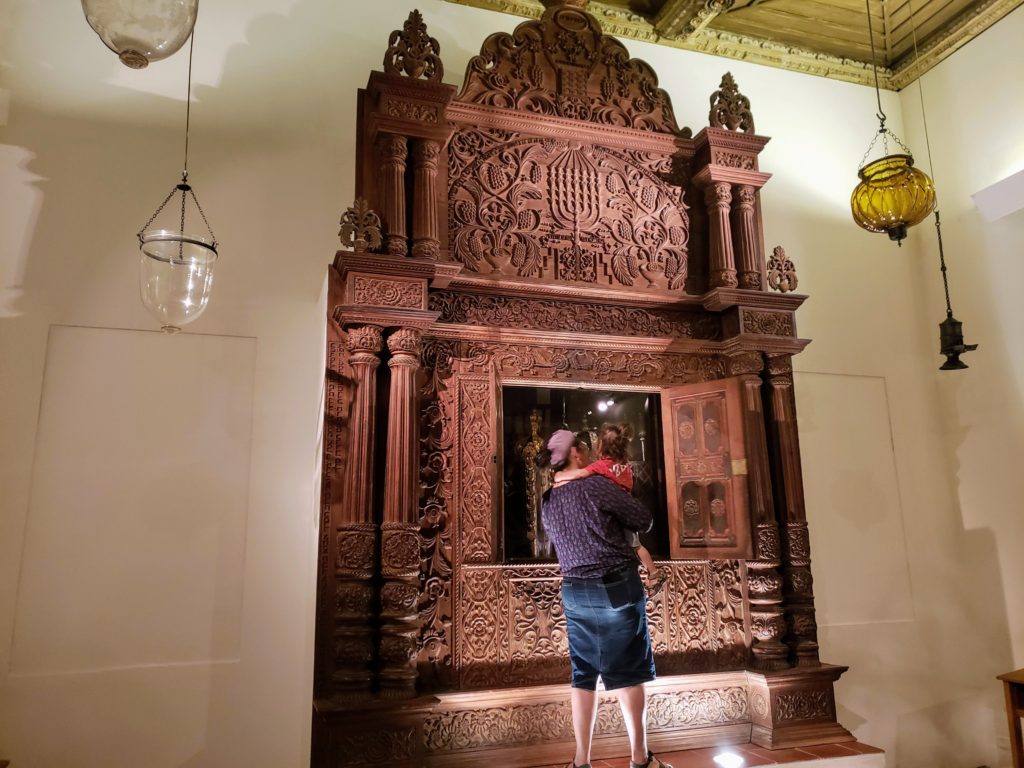
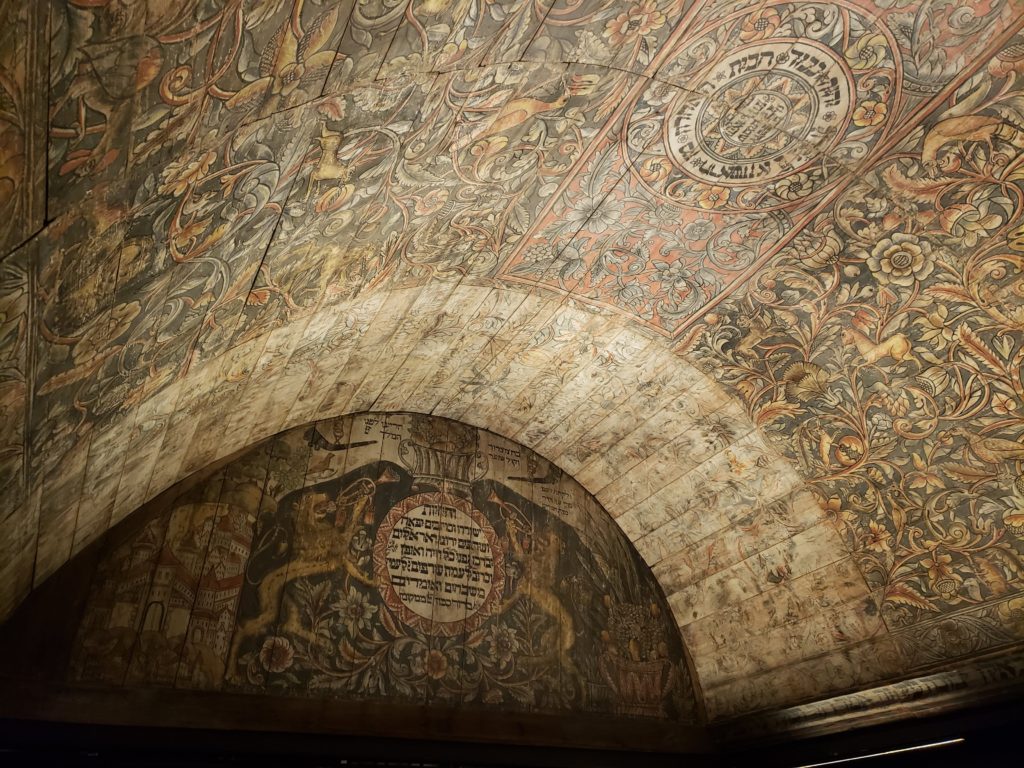
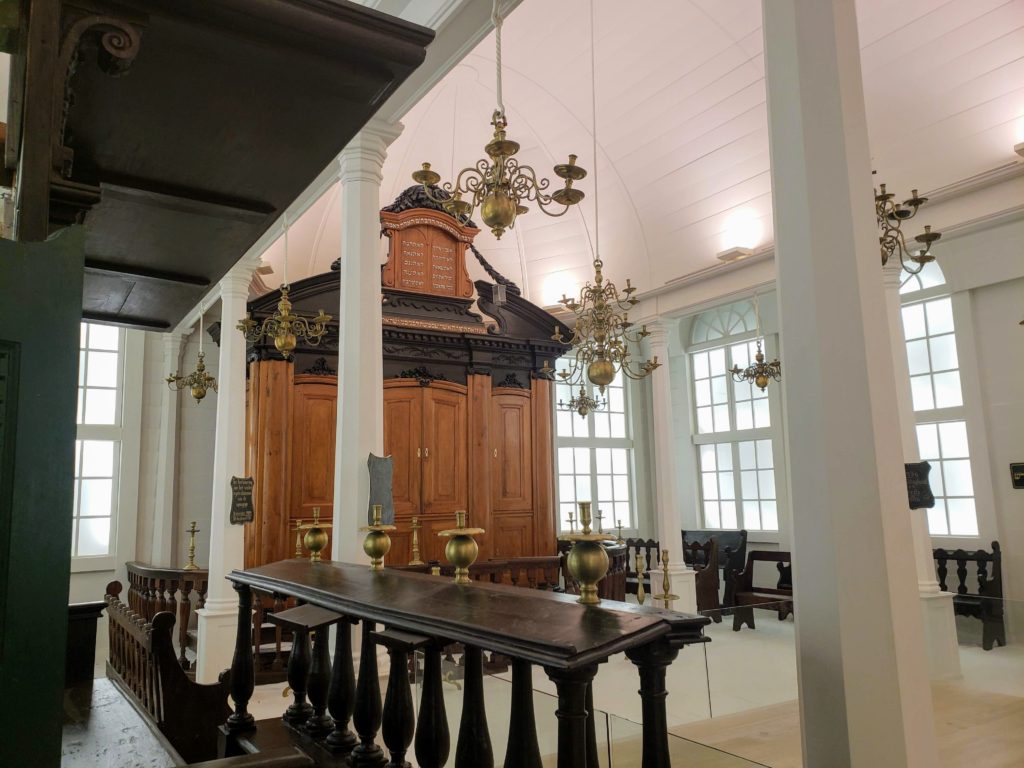
Panels explained some of the many Jewish holidays we had experienced already in our short time in the country and there were many fancy items on display – things used in Jewish religious ceremonies, from all over the world.
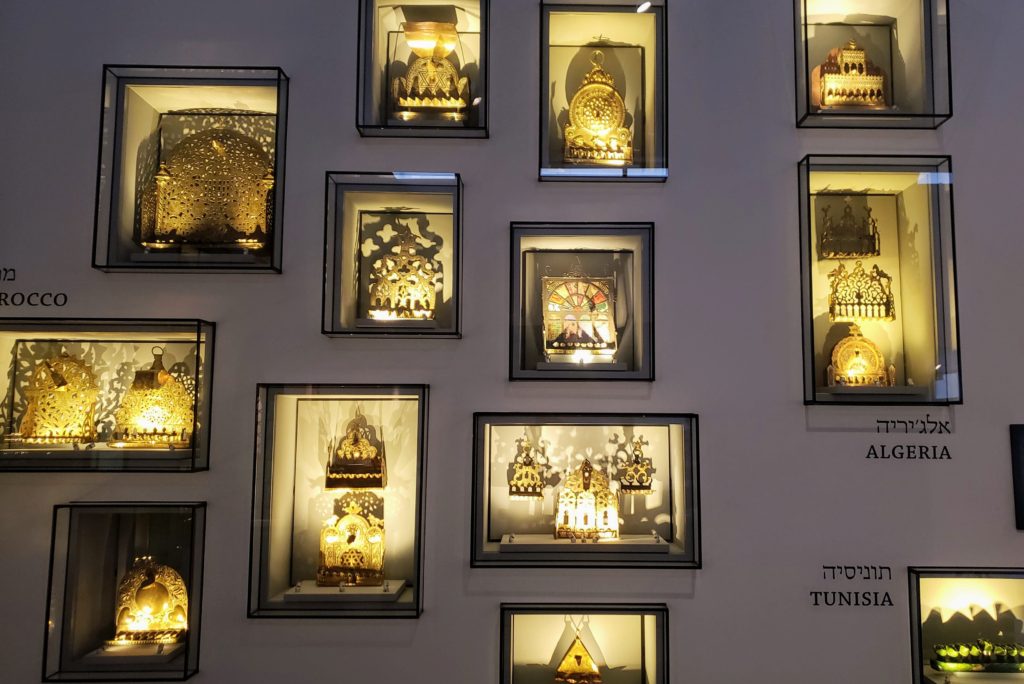
Exhibitions
After our fill of history and Jewish life info we sought out some of the special exhibitions. Lo and behold there was one by a New Zealand artist Lisa Reihana! It was a huge panoramic digital work that commemmorates the 250th annniversary of the voyages of Captain Cook and his encounters with indigenous peoples in the Pacific. It was really captivating, we stayed there watching it for about 20 minutes I think. A rolling screen of scenes from Aoteroa and various Pacific islands.
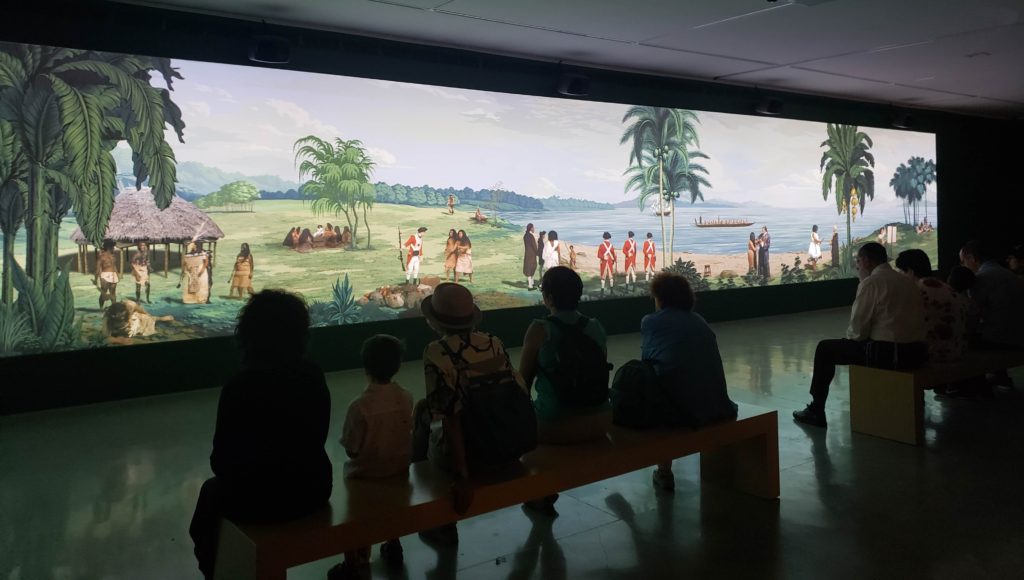
The video projection was inspired by a 19th century French scenic wallpaper that envisioned the Pacific islands as an exotic paradise. The artist first saw Les sauvages de la mer Pacifique in 2005 and then over 10 years created her artwork which shifts the power balance and colonial stereotypes reflected in the wallpaper.
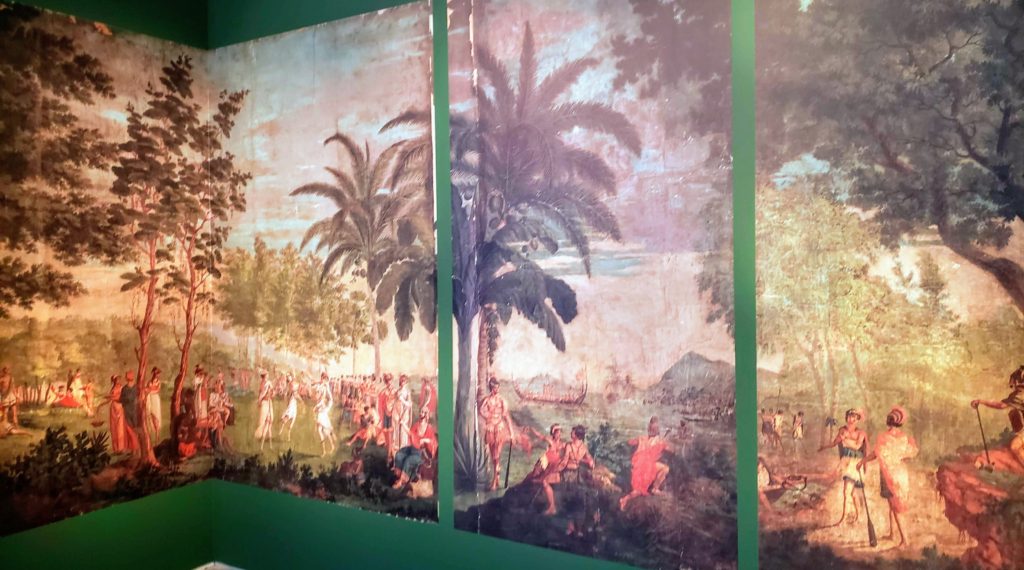
Lisa Reihana digitally renders and reinterprets the wallpaper and has Māori and Pacific Island actors acting out historical and invented episodes from the early days of colonisation. As she put it, she allowed the actors; ’embodiments of their own ancestors… to speak back through time and through space’.
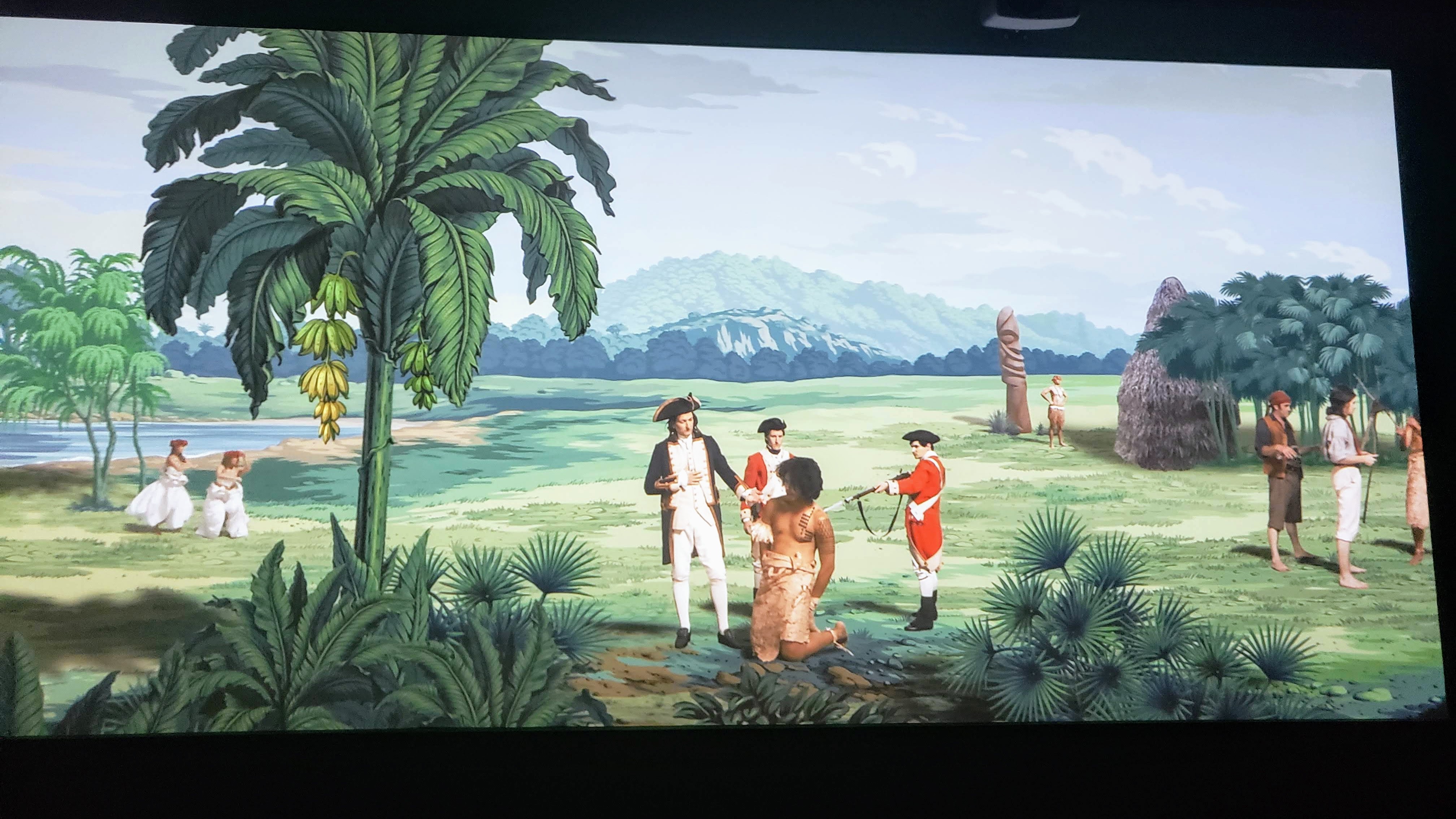
Another memorable exhibition was called ‘Veiled Women of the Holy Land: New Trends in Modest Dress. In preparation for this exhibition some in depth interviews had been held with women who wore layers of shawls and wraps and veils in adherence to strict religious beliefs. Then for the exhibition they got actors to play a woman each, speaking her words and showing them getting dressed. There were three large screens, one for the actor playing the Jewish woman, one for the Christian and one for the Muslim. Hearing why and how they came to a point of serious covering up was really quite enlightening.
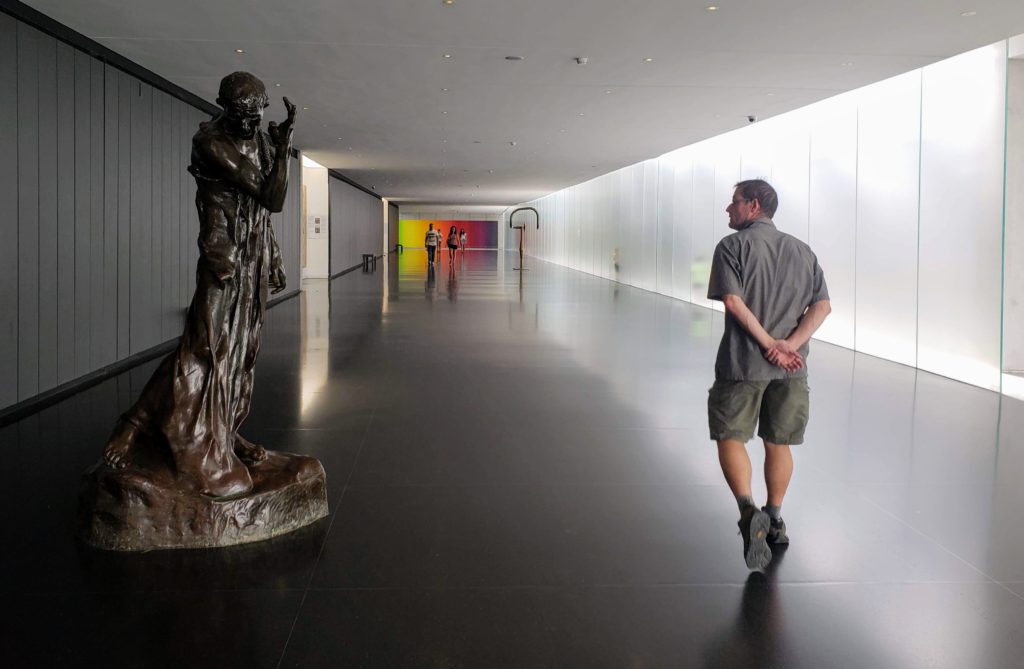
We wandered through art galleries and came upon various exhibitions from empty buses to a giant size person. You could really spend more than a day here to see everything!
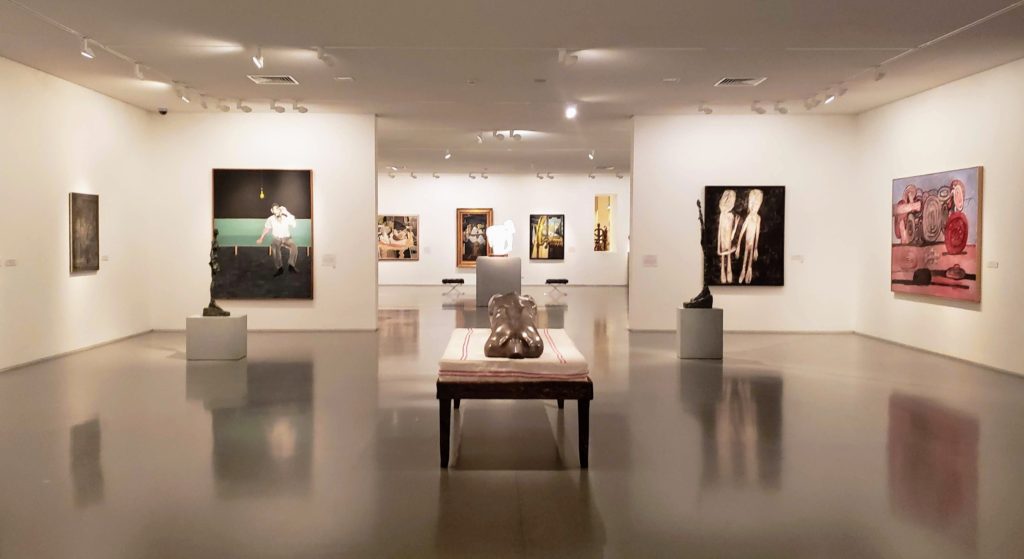
One exhibition, Manifesto, was in a huge room with 13 large screens, each featuring a monologue by the actress Cate Blanchett. She played a different character in very different scenes, each one conveying artists’ manifestos. It was really unique and in each video she played someone completely different (homeless man, school teacher, pupeteer, newsreader, factory worker etc.).
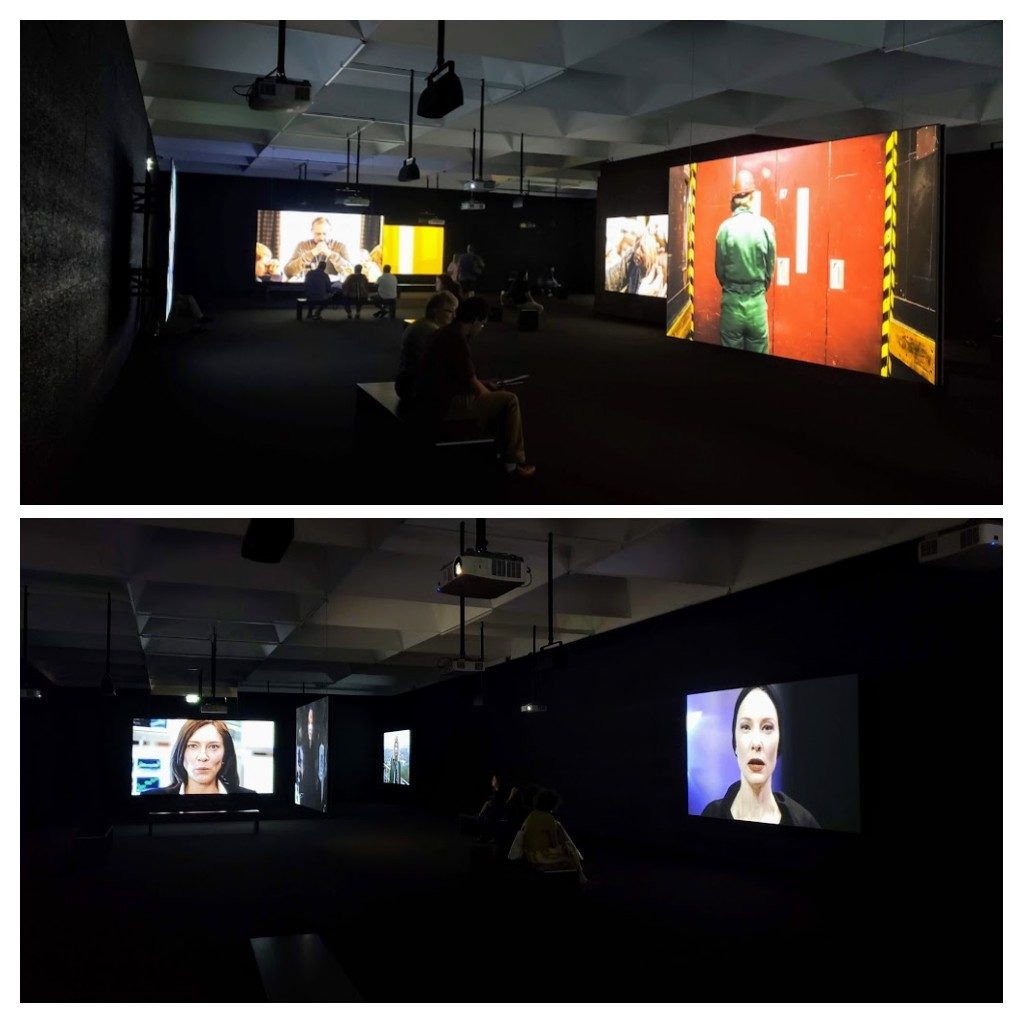
The Wanderer was an exhibition about the motif of the wanderer in European art and of the anti-Semitism inherent in the theme of the ‘Wandering Jew’.
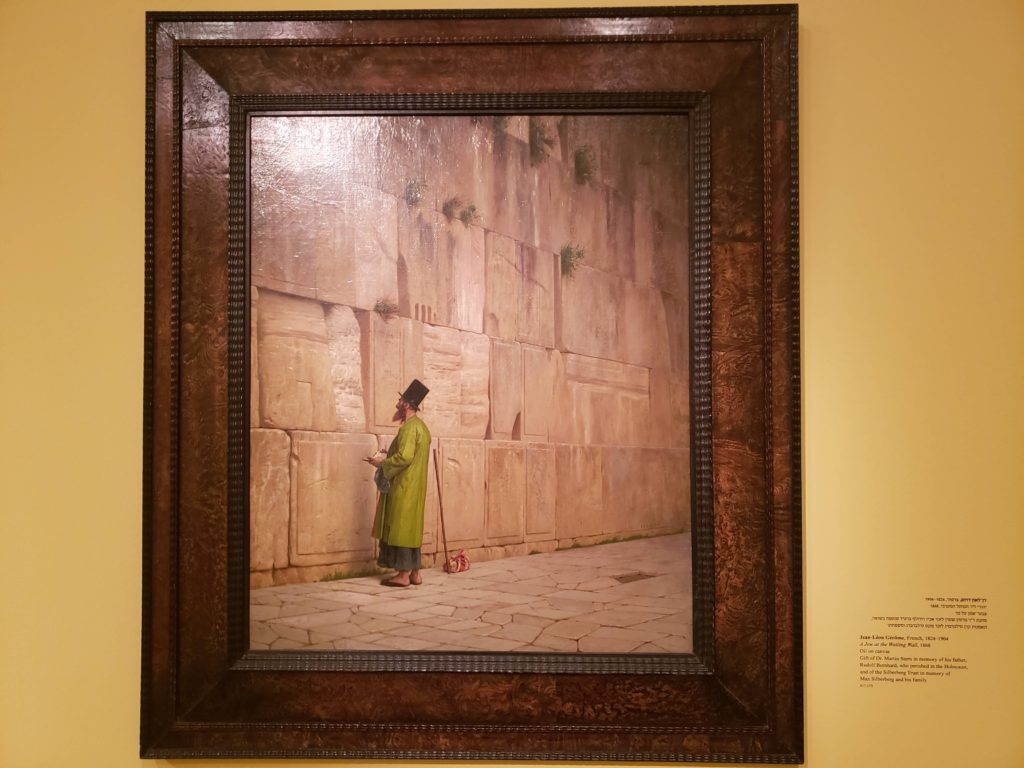
By this stage Antony had had enough and was resting outside but I had a quick look at this exhibition and popped my head into some other ones… like the headline ‘Peter and Pan: From Ancient Greece to Neverland’ exhibition, the Rotschild Room – an 18th century French Salon and a room featuring very old and nicely illustrated Jewish texts.
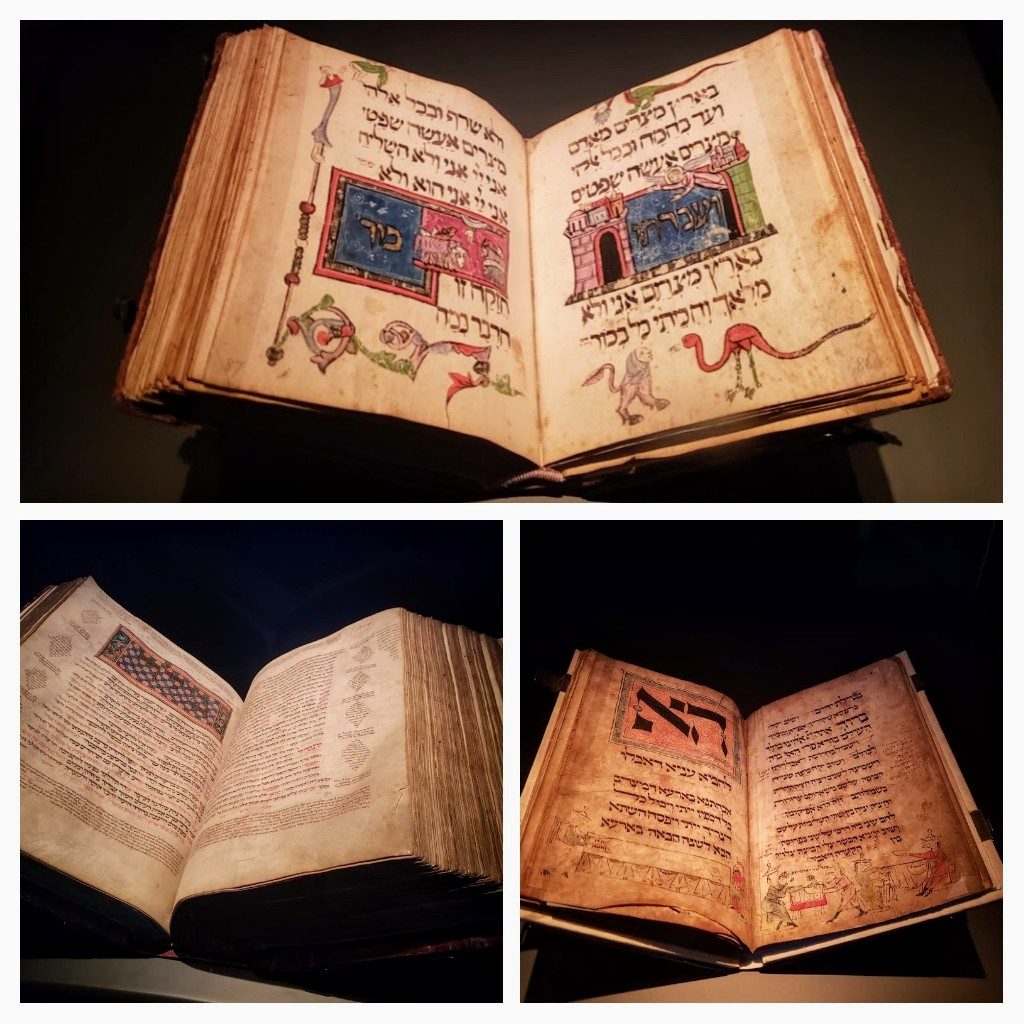
I headed outside to find Antony and we had a look at the sculptures outside before leaving the grounds. Definitely set aside most of a day for visiting the Israel Musuem if you enjoy art and history, maybe half a day if you are happy to skip over some sections. We took lunch in with us (home-made rice salad) which we kept in a bag in the free locker area. It was great to have that but there is a cafe there too.
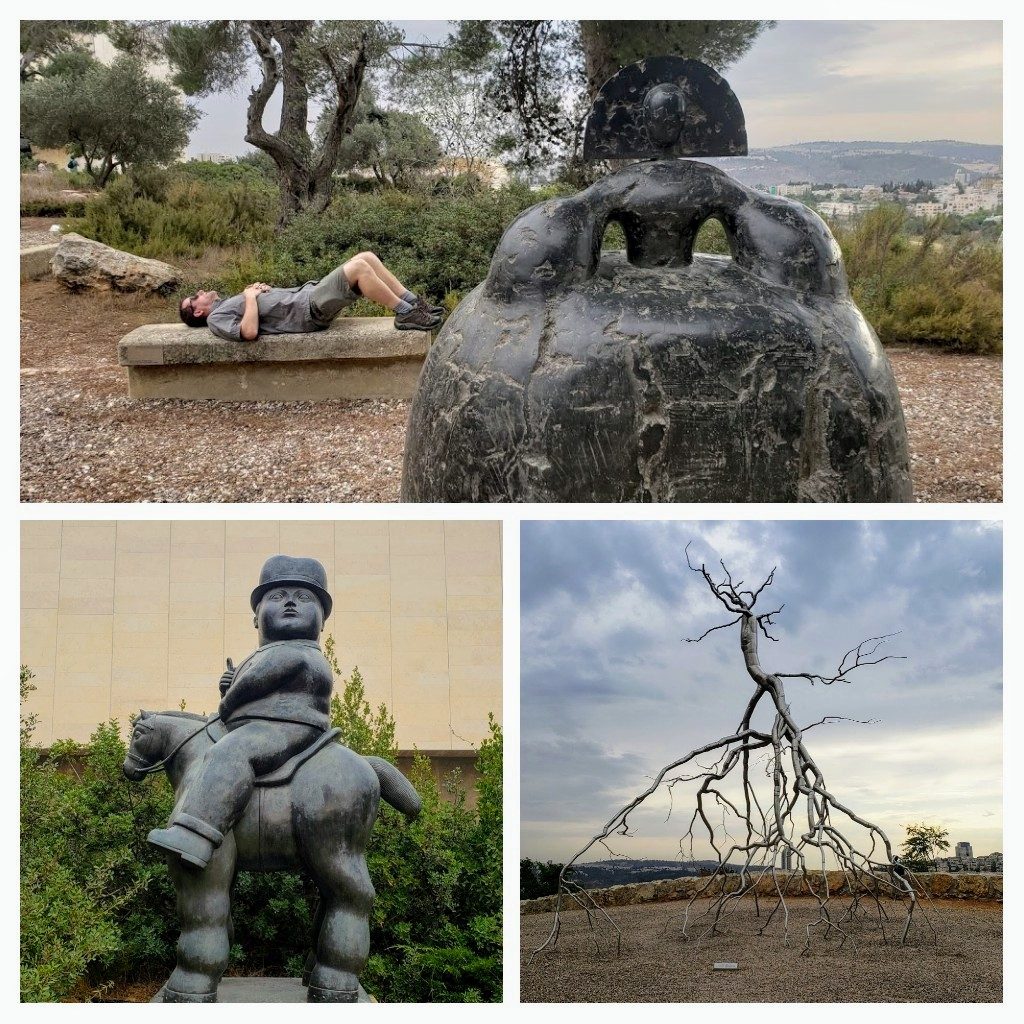
I think the 54 shekel per person ($24 NZD) entry fee was steep when at home art galleries and museums are typically free… but I am really pleased we sucked it up and paid. There was a lot of interesting stuff here and all set out really nicely. Only thing lacking was the super lovely, helpful staff we have at Ashburton Art Gallery – I don’t think anywhere in the world can beat them!